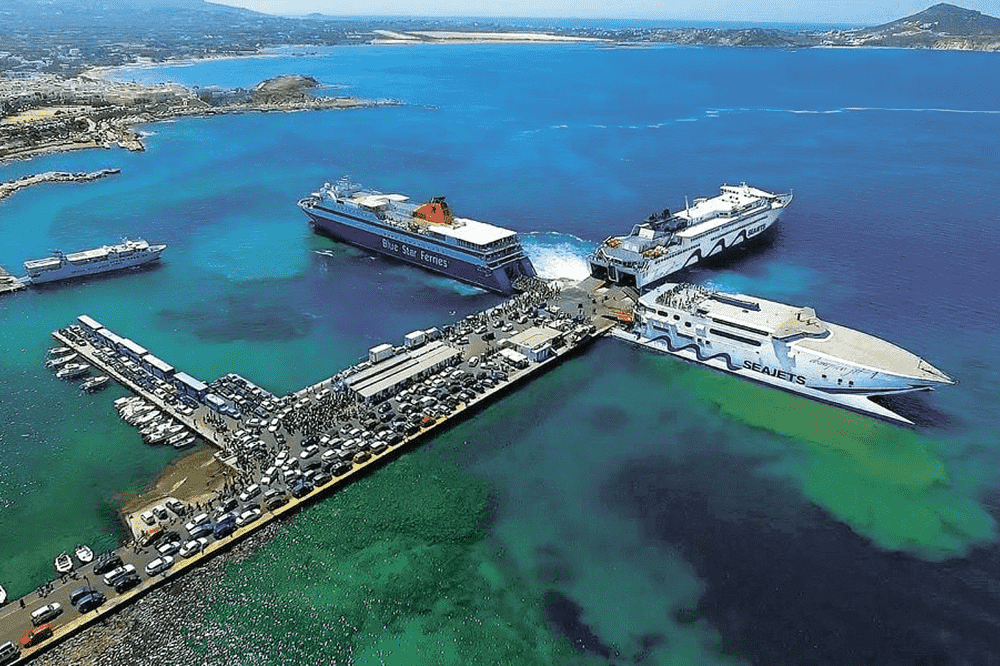Panamax Tanker Talara's Sudden Change of Course Spike Questions of "State Activity"
Panamax tanker Talara vanished from AIS after a sudden course change into Iranian waters, raising UKMTO concerns of possible state involvement.

Greece has unveiled a $680 million investment program aimed at modernizing port infrastructure across its islands, part of an effort to boost both competitiveness and climate resilience. Speaking at an infrastructure conference in Athens last week, Deputy Maritime Affairs Minister Stefanos Gkikas said the focus is on improving island ports so they operate on equal footing with mainland ports and international markets.
Financing includes $210 million from the National Strategic Reference Framework Transport program (2021-2027), and additional funding secured from the EU’s Recovery and Resilience Facility. Together with national contributions, the funds will be used to upgrade 30 island ports, with 21 already under projects managed by the national investment fund Growthfund.
The upgrade plan features a strong green agenda. Of the $680 million, about $310 million is earmarked for green transition initiatives, including shore power systems. By 2029, at least 12 island ports will have cold-ironing capability. Feasibility studies have already been funded for ports such as Lavrio, Rafina, Kavala and Corfu, among others.
Port infrastructure will be addressed too: many island ports have suffered for decades (some not for 30 years) from neglect including silt accumulation that reduces channel depth, deteriorating piers, failing lighthouses, and inadequate vehicle parking and passenger waiting areas. These deficits limit the types of vessels and cargo that ports can handle.
Industry stakeholders have long flagged outdated facilities as a bottleneck in efficiency, safety, and port call reliability. With modernized infrastructure, deeper channels and improved handling capacity, these upgrades should open island ports to larger vessels and more diversified cargo flows. According to Greece’s maritime ministry reports, the inclusion of additional EU funds, national investment, and Growthfund projects will accelerate modernization timelines.